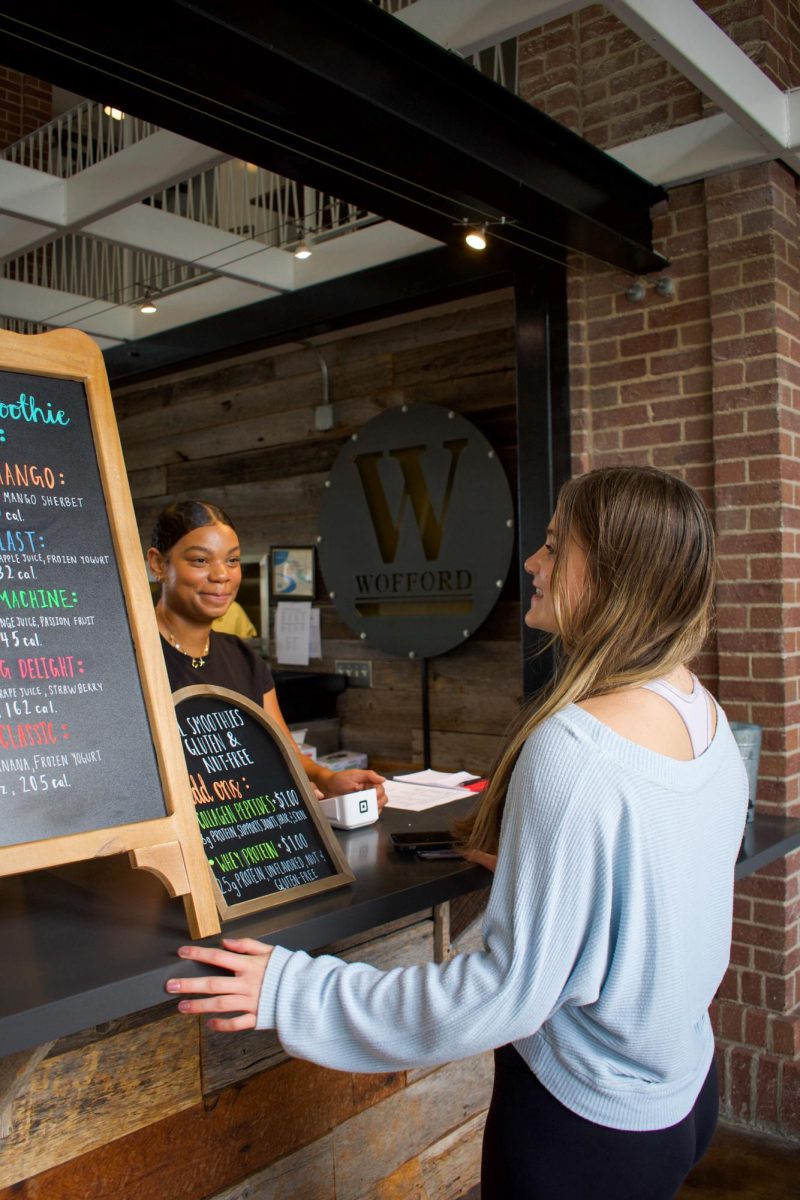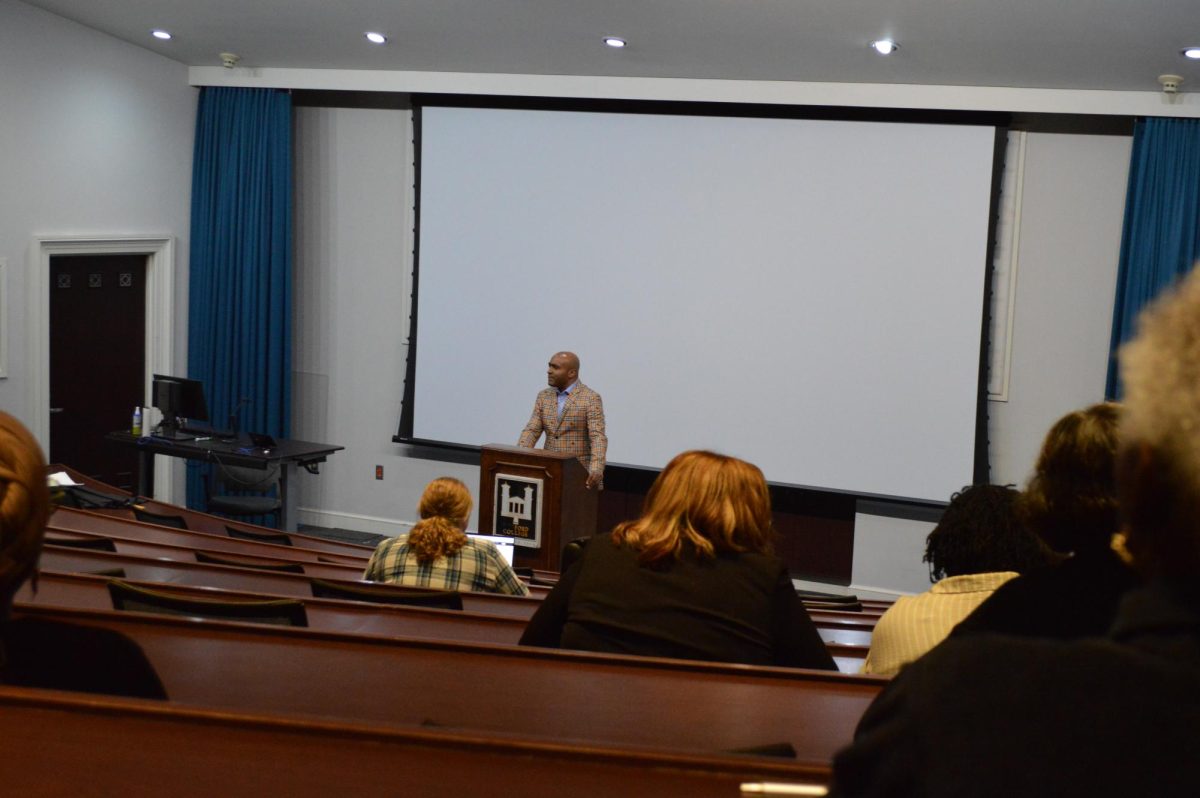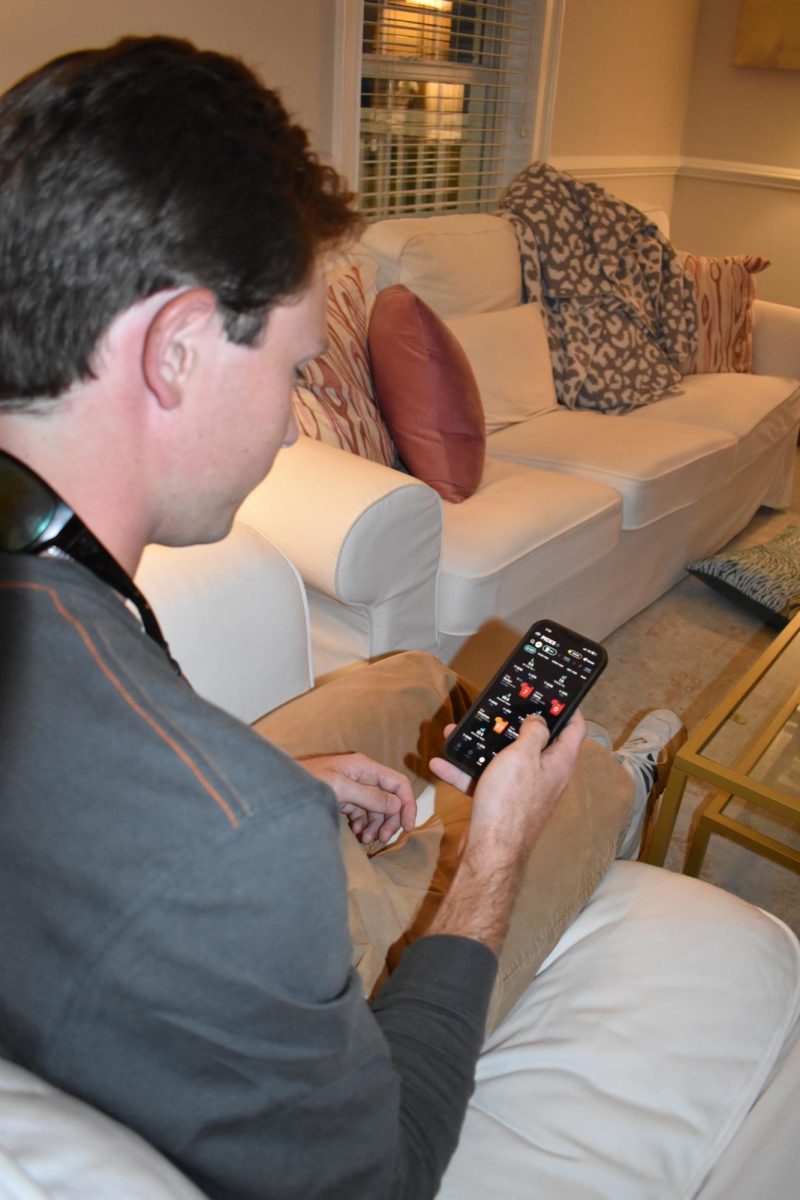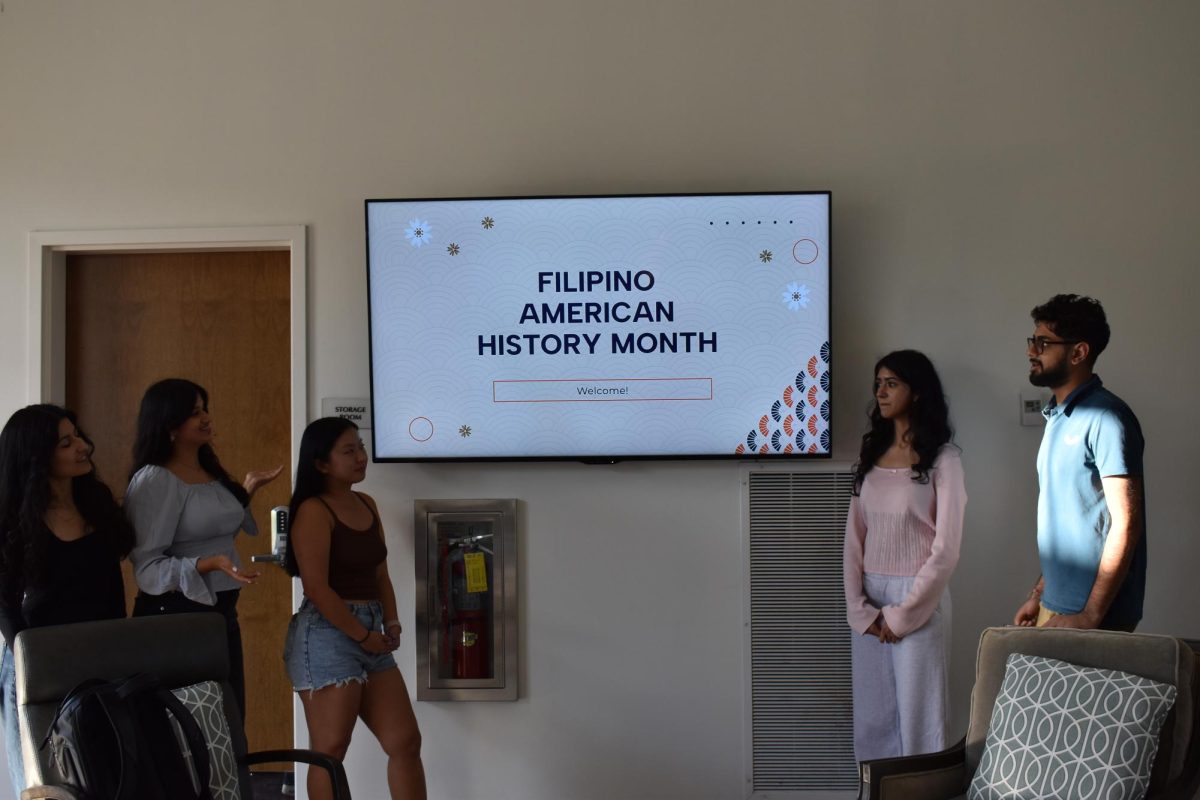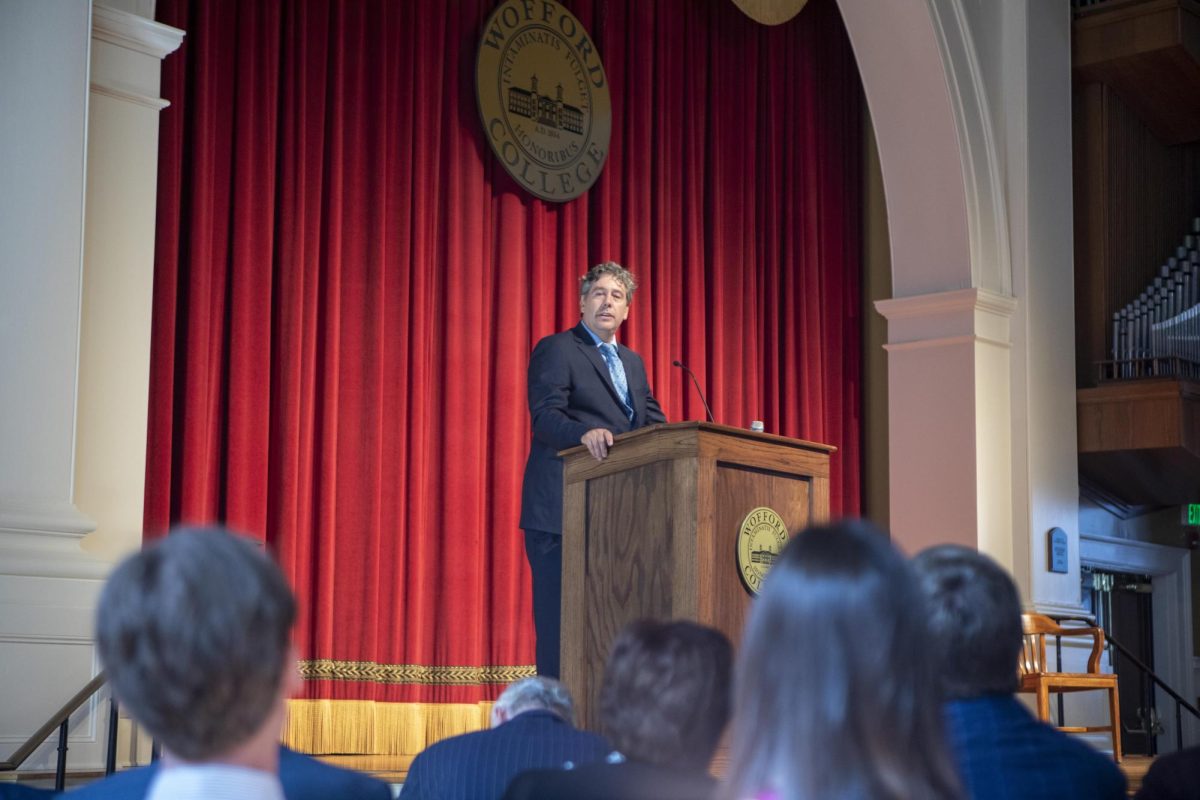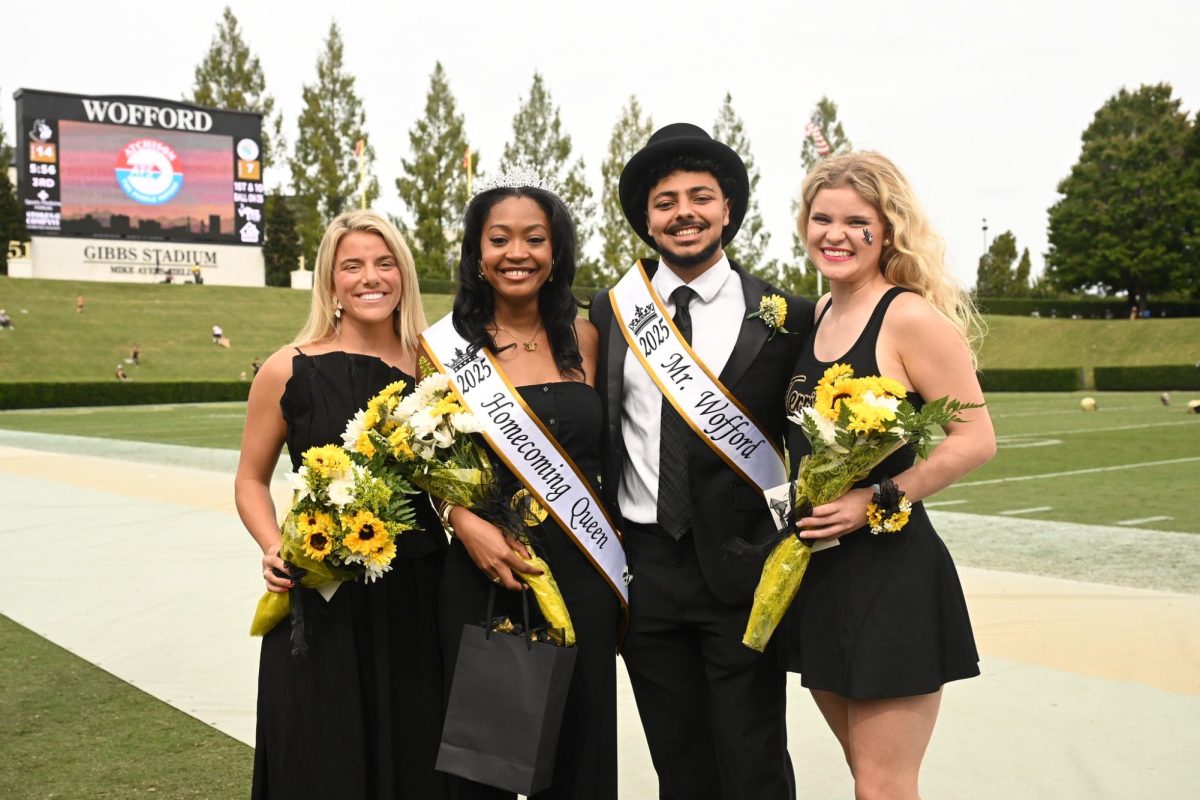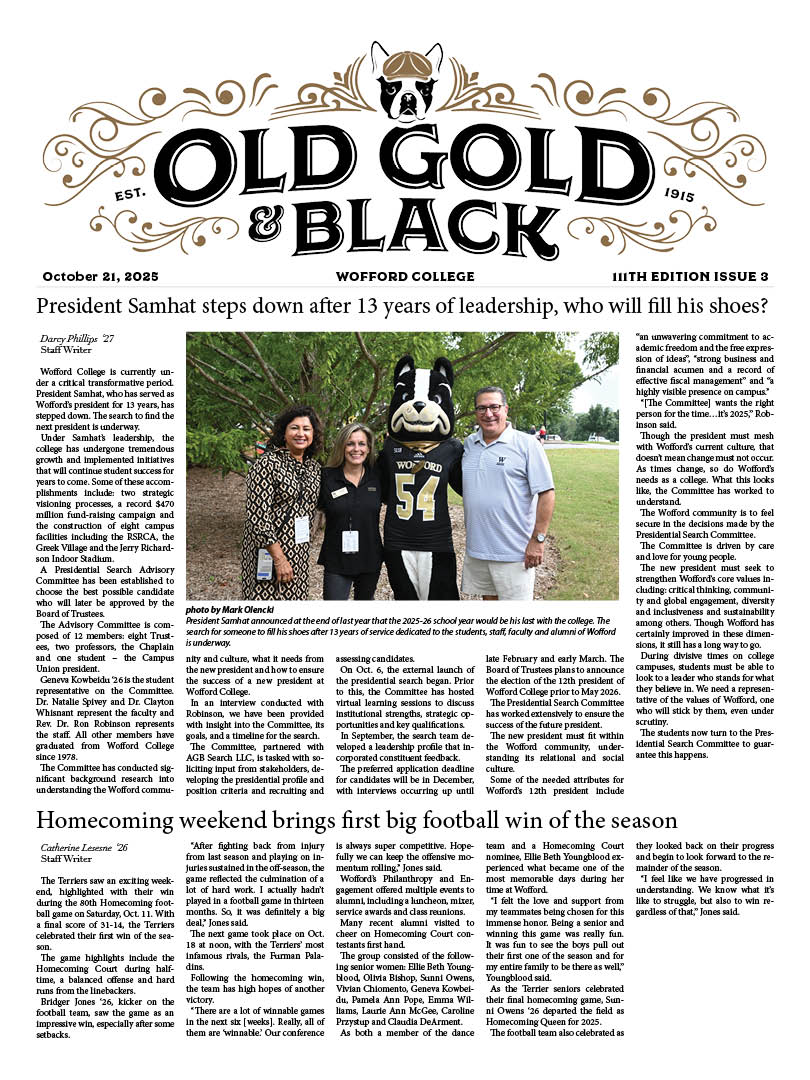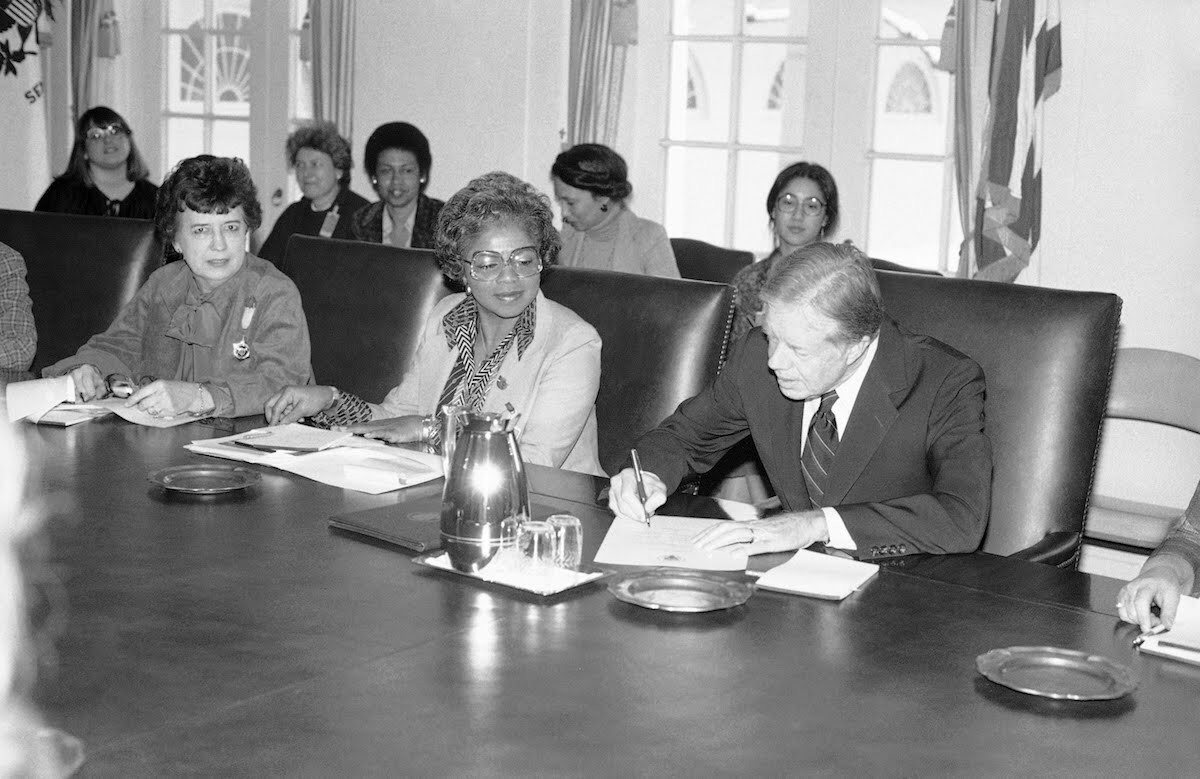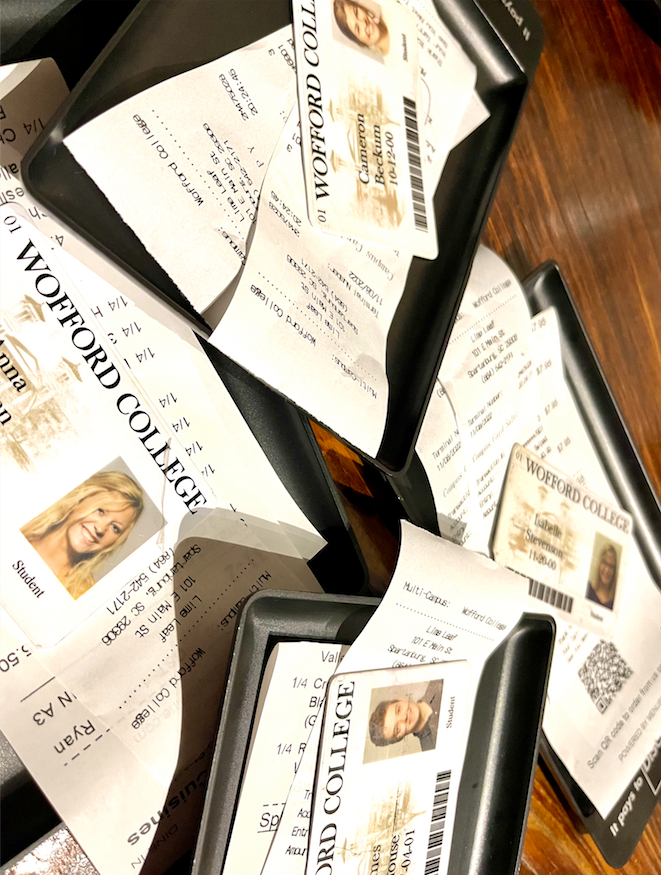How March became a 31-day celebration of the fight for gender equality
All over the United States, college campuses, small bookstores and politicians are creating slogans and holding events to celebrate Women’s History Month this March. The theme for this year’s Women’s History Month is “Valiant Women of the Vote,” designed to honor the women who fought for equality on the ballot. This fight kickstarted gender-based social, economic and political movements that are in progress today. 2020 is the 33rd year that the U.S. has recognized March as Women’s History Month. Looking back on the events that led to its creation reveal a universal struggle for gender equality.
The creation of Women’s History Month began in Petrograd, Russia in 1917. On March 8 of that year, thousands of women marched together in protest of war under the motto, “For Bread and Peace.” The women’s movement decided to honor that day as International Women’s Day; years after, women in other European countries continued to protest on March 8 in solidarity with the Russian feminist movement. After global protests for gender equality acknowledged March 8 as International Women’s Day, the United Nations made it an official global holiday in 1977.
The international celebration of women’s rights prompted worldwide commemoration, but a certain event in Santa Rosa, California honoring the newly-created holiday led to a bigger movement across the country.
In 1978, one year after the UN’s declaration, the Education Task Force of the Sonoma County (California) Commission on the Status of Women created Women’s History Week in order to expand the celebration of International Women’s Month to seven days. The idea rapidly spread from Santa Rosa to neighboring communities, and by 1980, a group called the National Women’s History Project formed to lobby for its national institution. Their efforts were successful, and with a presidential decree, the week of March 8 officially became Women’s History Week. Women’s History week continued to be recognized until 1987; that year, Congress passed Public Law 100-9, which officially designated the month of March as Women’s History Month. Every year since, the president of the United States has continued to reaffirm the designation.
Wofford is no exception to the nation’s recognition of the history of women’s rights. This March, the Office of Diversity and Inclusion is hosting a variety of events all month long. Events include a free letter-writing event on March 9, a self-defense class, a networking event and a salary negotiation talk, a period packing party and an empowerment tea and fashion show. In order to be more inclusive, ODI is using the term “womxn” rather than “women” for two reasons: in order to be more inclusive to transgender women and to provide a way for women to define themselves without being linked to men.
“ODI’s goals in hosting the events we have scheduled is to celebrate and empower womxn to be their true, authentic selves while also encouraging fellowship across difference. Our hope is to also bring some of the most pressing womxn’s issues to the forefront and encourage our allies to not only identify and scrutinize those issues, but to also propose solutions for these problems because they’re not just womxn’s issues, they’re everyone’s issues,” said Taifha Alexander, Assistant Dean of Students for Diversity and Leadership Development.
Follow @wocodiversity for updates about Womxn’s History Month events at Wofford.

